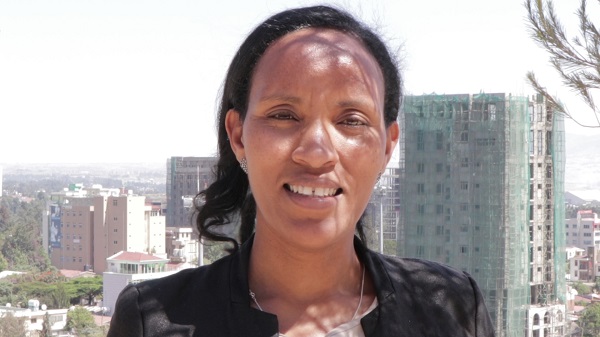
Midwifery is a growing part of the maternal health care system in Ethiopia. Forty seven schools already offer degree programs or advanced diplomas. CIRHT is taking an innovative approach in focusing on pre-service training, revising existing curricula and competencies for Reproductive Health, Family Planning and Comprehensive Abortion Care in its partner academic institutions, both in midwifery and medical school training.
Working with the Federal Ministries of Health and Education, eight CIRHT partner institutions are implementing revised competency-based curriculum, customized support plans, including leadership training, technical and research support, and upgrading Reproductive Health training and clinical care infrastructure and resources.
Hawassa University is one of the institutions with which CIRHT is working. The head of the School of Nursing and Midwifery is Hirut Gemeda. Here is her story:
My interest, in my heart, was always to help women when they are suffering. And because of that, I prepared to become a midwife as a profession, and had the opportunity to become a midwifery diploma holder and then enhance my studies at Addis Ababa University. When I returned to Hawassa University Hospital I got my Master’s in Maternity and Reproductive Health. And now I am the head of the School of Nursing and Midwifery.
Working as a clinician, I attended more than 100 deliveries, mainly normal deliveries. I was also acting as a service provider and counselor regarding family planning services focusing mainly on maternity and child health services.
I faced a lot of challenges, and faced many limitations whenever there were complications. That was my challenge. There were too many things we could not do, and our roles were not clear.
My worst experience came when I faced a client with severe Preeclampsia. She was convulsing and went into a coma, and there wasn’t anything I could do. The physician was too late and she passed away. It made me understand that as a professional, I must be able to help my clients in any situation.
That happened for two reasons: the pre-eminence of physicians whenever complications arise, and the lack of clarity about a midwife’s role
But nowadays there are changes.
The Midwifery Association has been giving guidance on the different roles midwives can play, including specialists. Because of that, everybody knows their rights and their responsibilities.
ALSO: WFF: Healing Women with Prolapse in Ethiopia
Midwives mainly focus on attending deliveries as well as giving immediate newborn care for the babies. That is their main role. If there were more of them in every health facility, in addition to delivery work they could counsel and advise on family planning services.
My best experiences have been teaching students based on my theoretical knowledge together with the practical cases we encounter.
With CIRHT’s assistance, we can share experiences and skills, creating benchmarks and best practices. I think that will help us motivate students, and allow them to bring innovative ideas to bridging the gaps in healthcare that we may find. That is my recommendation regarding professional development.
Working together, collaborating to improve the profession and producing competent and committed students, will allow us to reduce mortality for women and children, prevent disabilities in children, and create a healthier society.
The Center for International Reproductive Health Training (CIRHT) works with medical schools to integrate hands-on, clinical training in comprehensive reproductive health care, including family planning and safe abortion. Together we are committed to training the next generation of doctors, nurses and midwives to be confident, compassionate leaders in their communities.
Source: CIRHT
